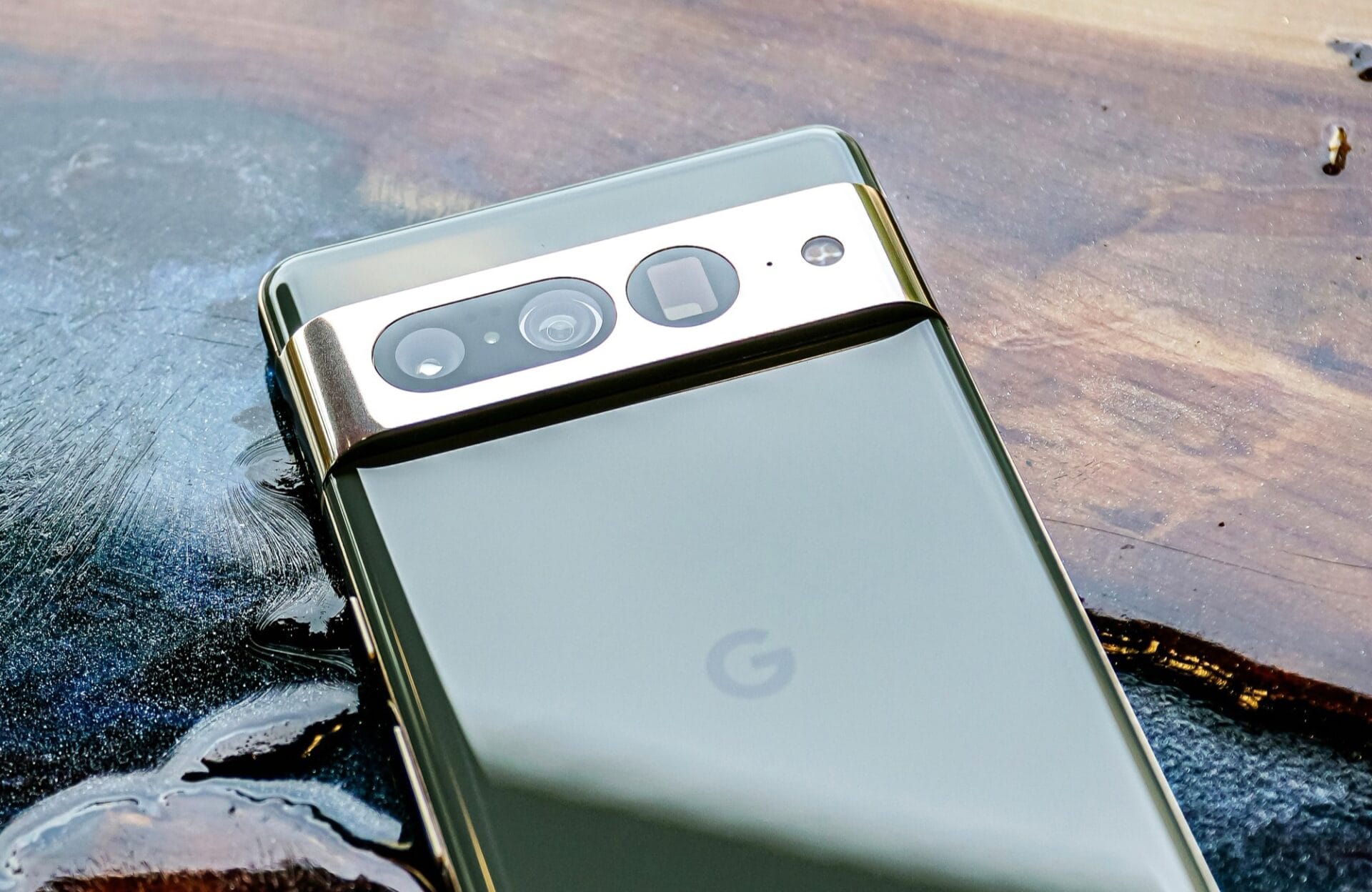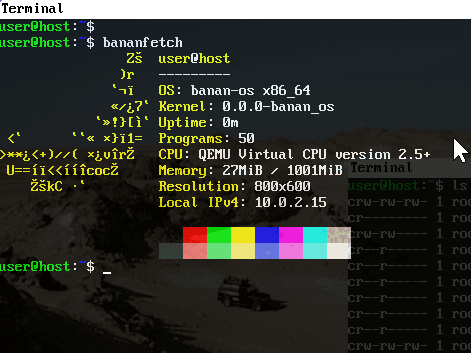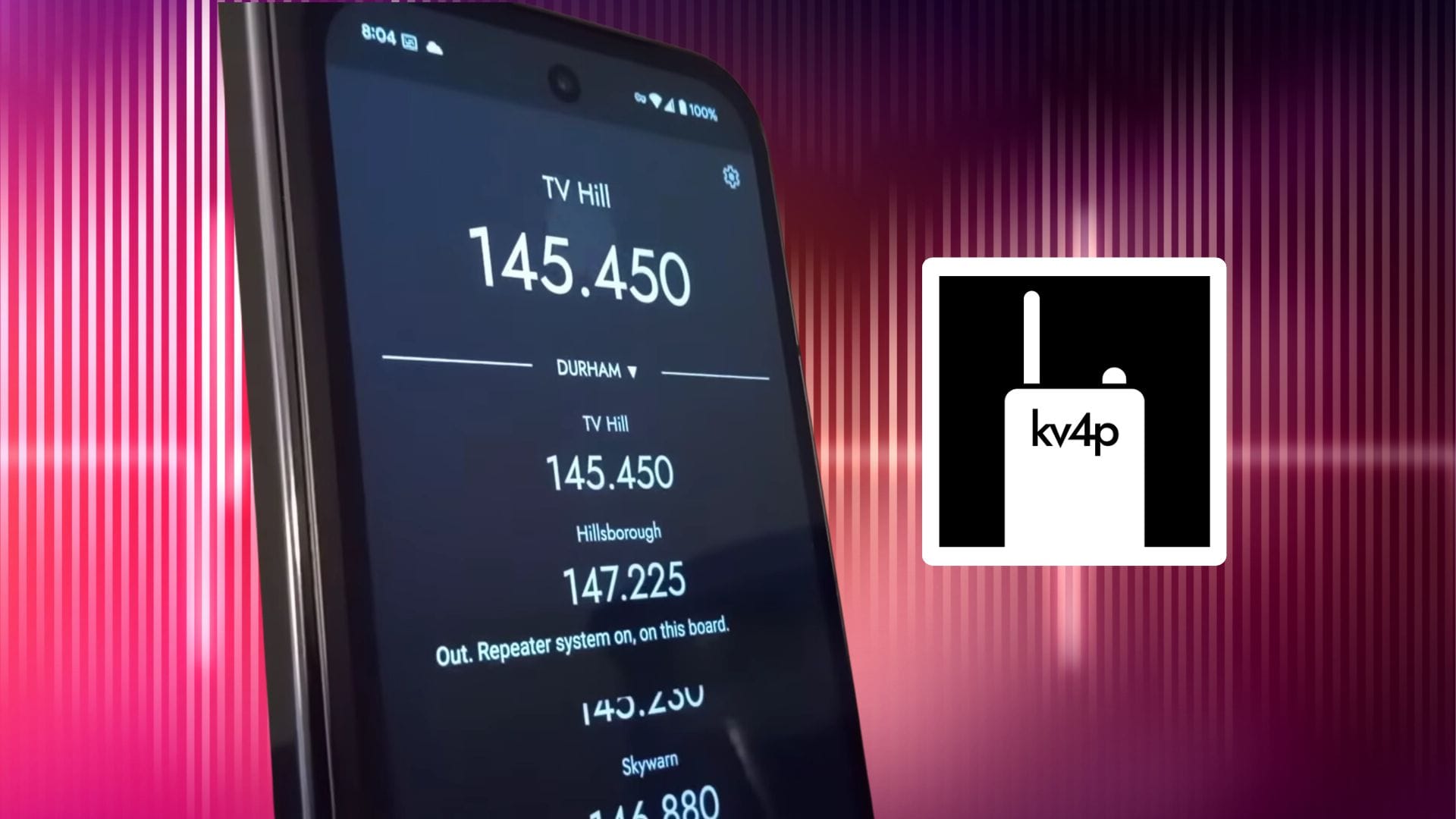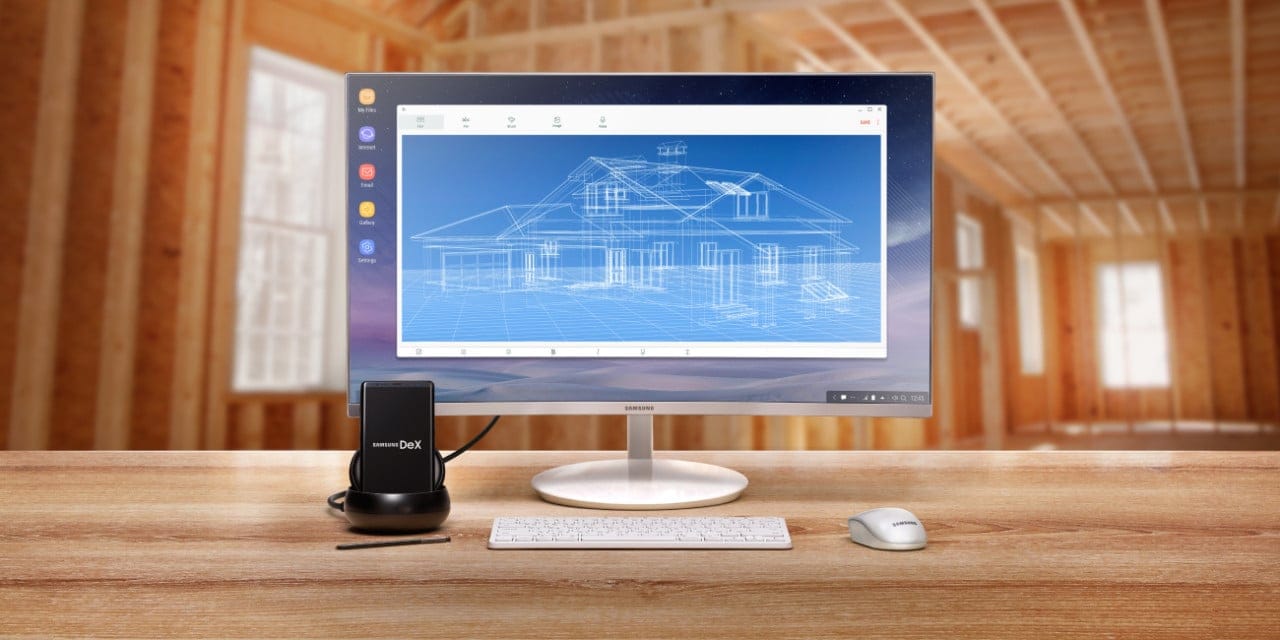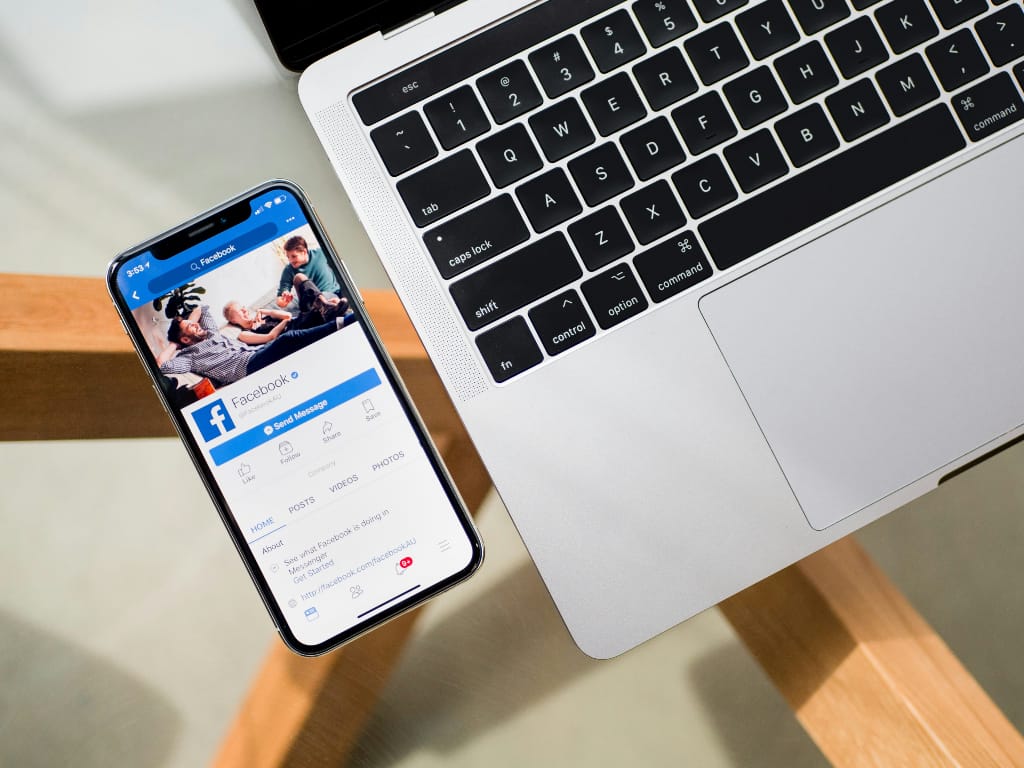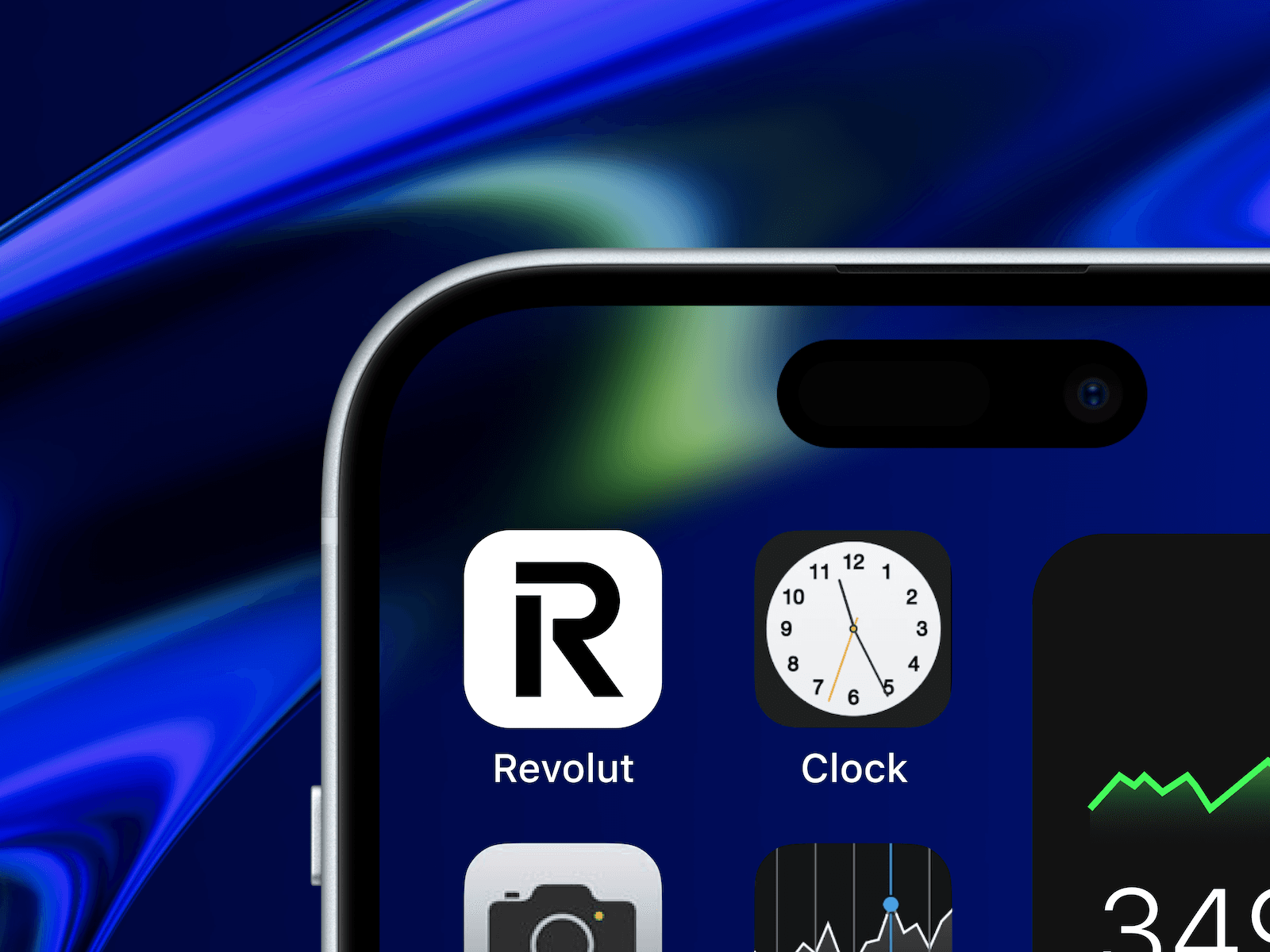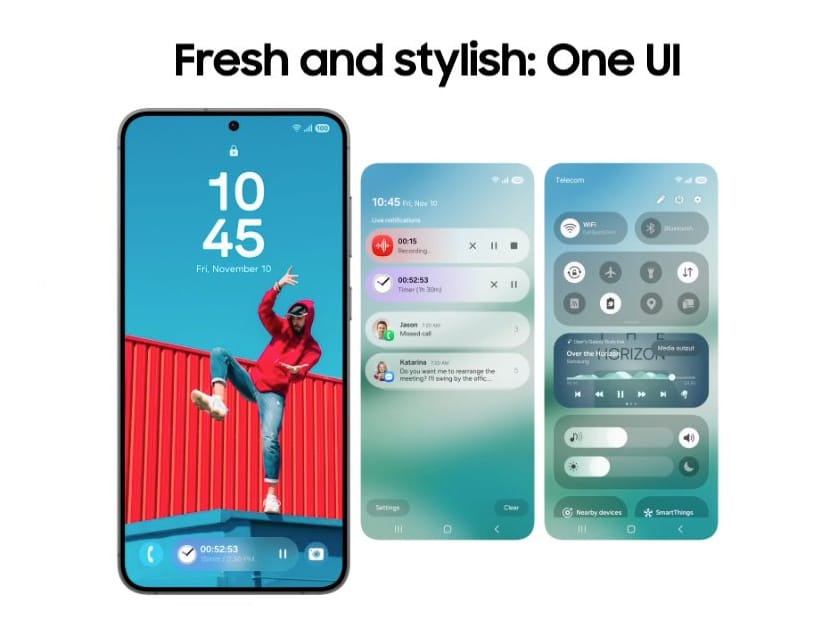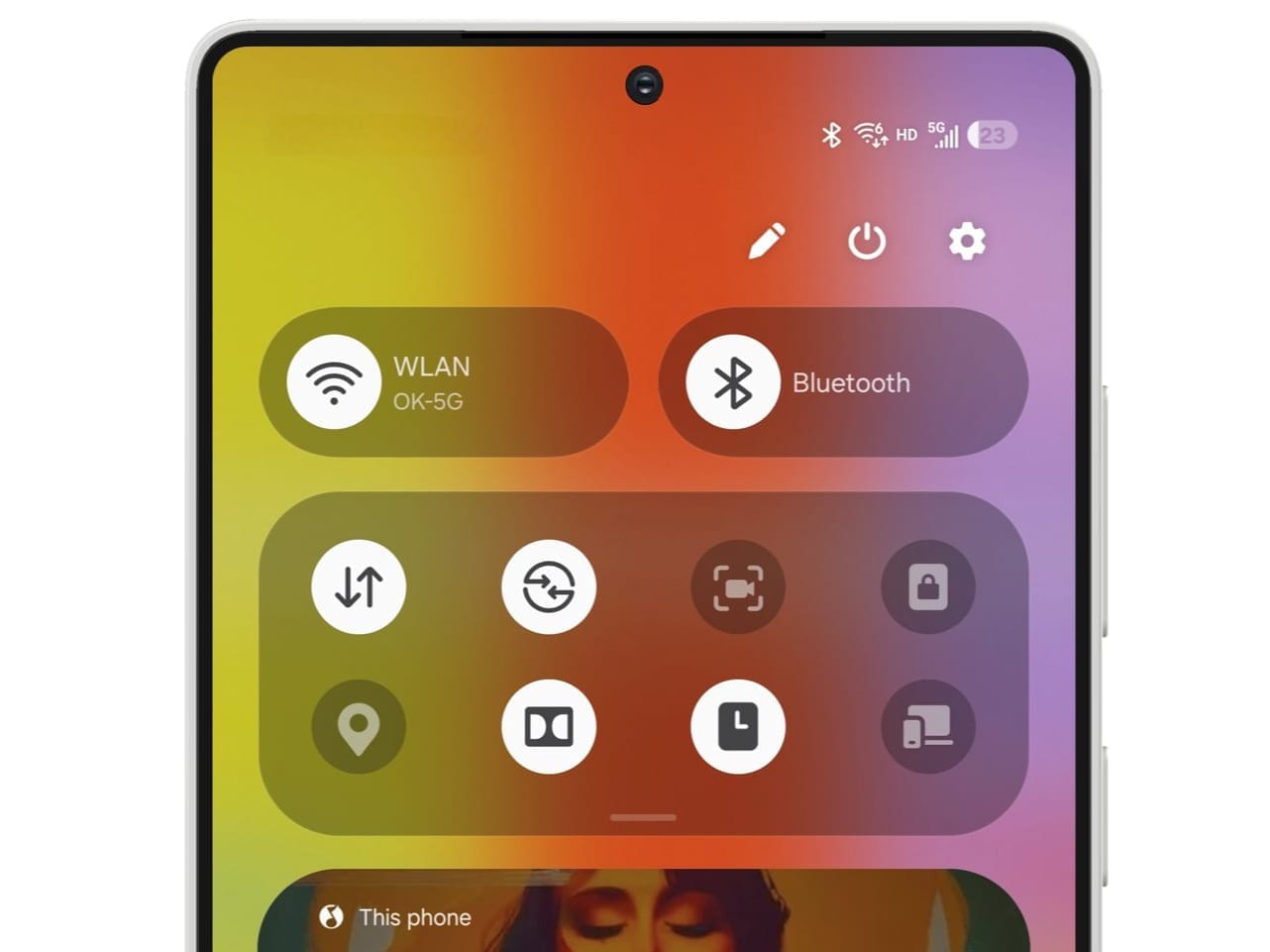The Google Pixel 8, Pixel 9, and all their variants will come with Android and security updates for a duration of seven years. In contrast, the Pixel 6 and Pixel 7 series, along with the first-generation Pixel Fold, were initially planned to receive just three Android updates and five years of security patches. This means that the Pixel 6 and Pixel 6 Pro would stop getting feature updates when Android 16 launches next summer.
Update Support Changes
Recently, Google has revised its support page concerning update plans for Pixel devices. It now indicates that the previously mentioned Pixel smartphones will actually receive five operating system updates. This means the Pixel 6, Pixel 6 Pro, and Pixel 6a will keep getting updates through Android 17, while the Pixel 7, Pixel 7 Pro, Pixel 7a, and Pixel Fold will be updated until Android 18 in 2027. However, the Google Pixel Tablet is not included in this update change, so it will only get updates until Android 16 as was initially scheduled.
Benefits for Users
With this new update policy, Google is providing users of older Pixel models more time to transition to a newer device without losing out on new Android features. It was already hinted that support would be prolonged when Google launched the beta version of Android 16 for the Pixel 6 and Pixel 6 Pro, even though these two models weren’t expected to receive the final OS version. Even though Android 16 is still six months away from its official release, Pixel users can look forward to fresh features thanks to the upcoming December Feature Drop.

